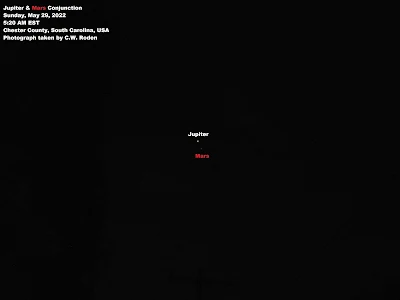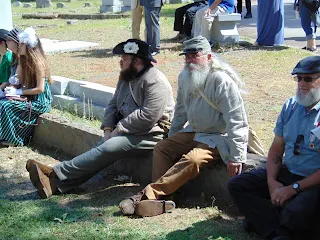
A very good evening and salutations to y'all!
Tonight is a glorious night for us amateur stargazers and night sky enthusiasts with the arrival of the Lunar Eclipse here in North America. This will be an extra special treat since tonight's full moon is a supermoon!
A supermoon happens when the moon reaches its perigee -- or closest point to the Earth in a month -- coinciding with either the Full Moon or New Moon. Tonight our beautiful Luna is approximately 225,015 miles (362,127 km) from the Earth in its orbit.
There will actually be four Full supermoons this year beginning in May and continuing throughout the summer months. The closest of these supermoons will take place on the evening of Wednesday, July 13, 2022 when the moon will be approximately 222,089 miles (357,418 km) from Earth in its orbit.
May's full moon is known in North America as the Full Flower Moon, making tonight's lunar eclipse the Full Flower Supermoon Lunar Eclipse.
I was a bit concerned about cloud cover since it was partly cloudy all day today, but thankfully as the evening and night progressed the skies began to clear up -- thank you Lord!
 |
Graphic depicting the Earth's shadows during the Lunar Eclipse.
|
The
lunar eclipse began here in South Carolina at exactly 9:32 PM EST when
the lighter part of the Earth's shadow began to cross over the Moon. This
part is known as the Penumbra Eclipse. The penumbra is the partial
shadow of the Earth across the Moon and its so light that its barely
noticeable to the naked eye.
At exactly 10:28 PM EST, our lovely Luna then crossed into the umbra -- the darker part of the shadow of the Earth across the Moon. This is when the darkening of the Moon's surface becomes noticeably visible.
For the next hour the dark shadow of the Earth continued to cross the face of the Moon until reaching totality at about 11:30 PM EST. The following are the photos I took of the progressive darkening and then reddening of the Moon.
The
Full Lunar Eclipse reached its peak at 12:12 AM EST on Monday, May 16th
with the darkest center part of the Earth's shadow completely covering
the face of the Moon blocking out all reflecting sunlight. This is
referred to at the totality of the eclipse, which lasted about 85
minutes from 11:30 PM EST to 12:54 AM EST.
The Full Flower Supermoon Lunar Eclipse began at about 9:30 PM EST and ends at 2:50 AM EST
on Monday, May 16th; a total time of about 5 hours and 20 minutes. It was a wonderful heavenly show to behold and I was thankful to be able to share the experience with y'all this evening.
Have a wonderful night and be sure to keep your eyes to the night skies, y'all hear.






.JPG)

















































































































